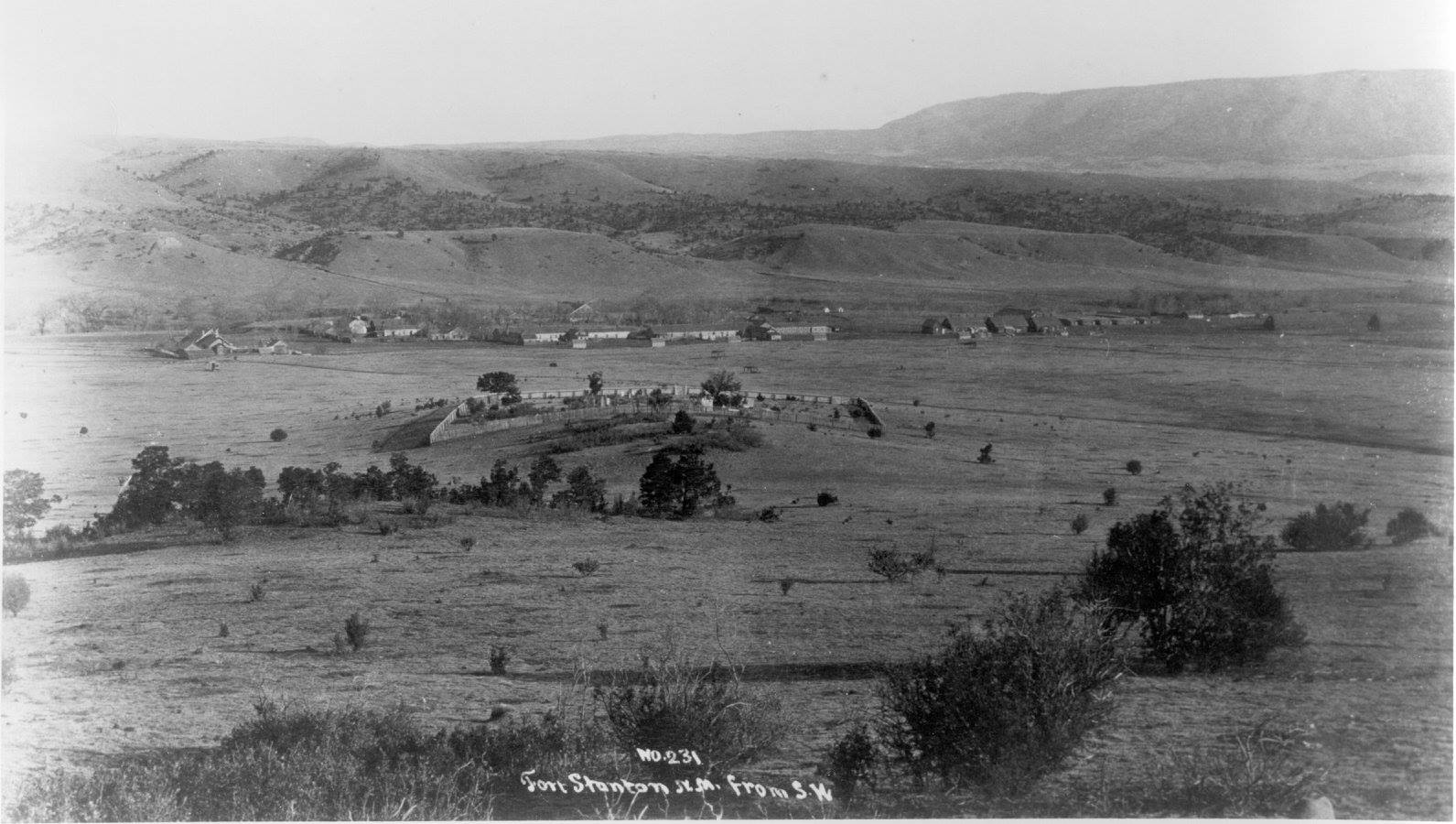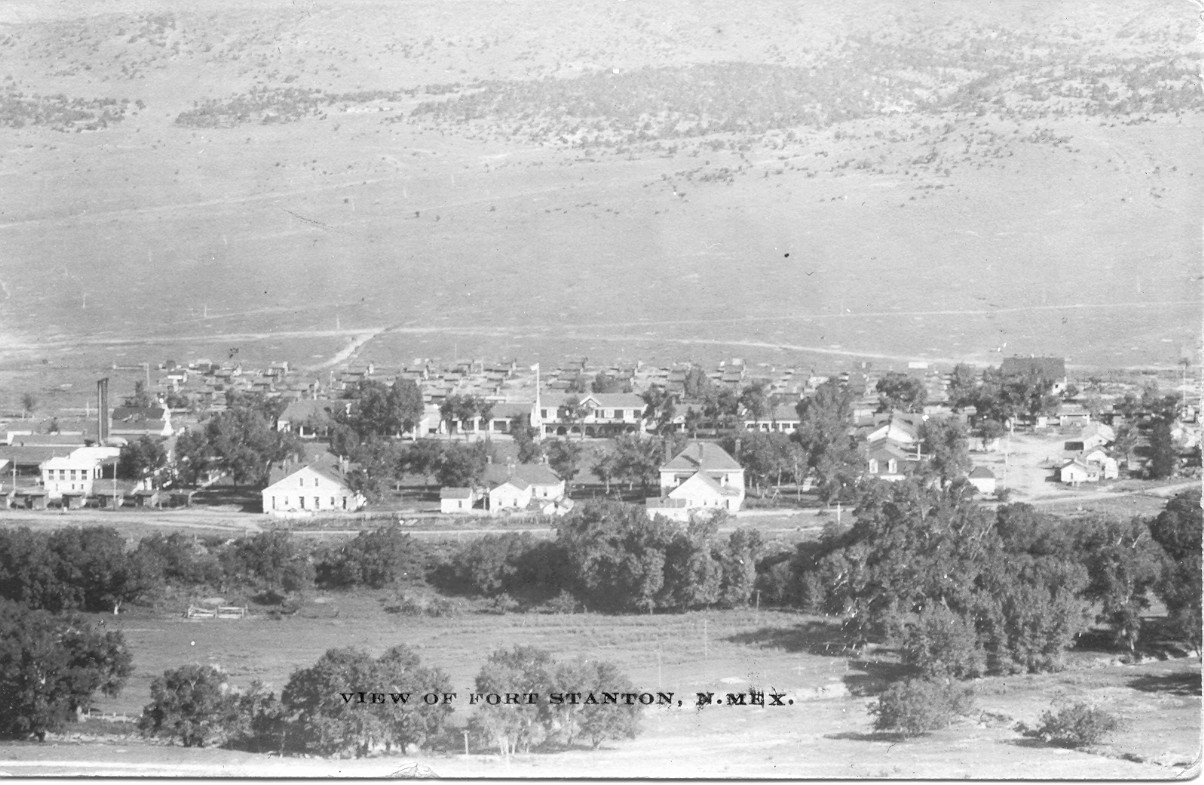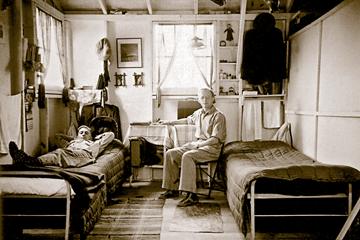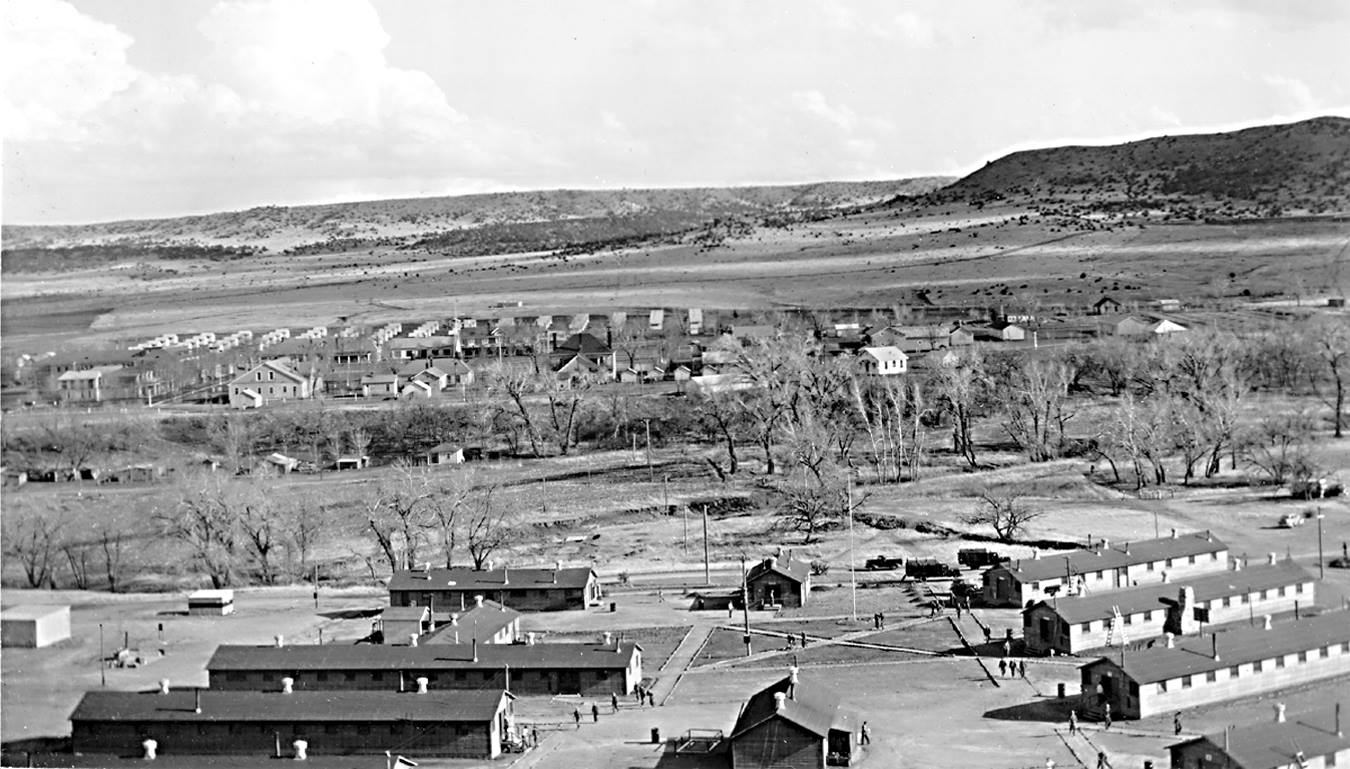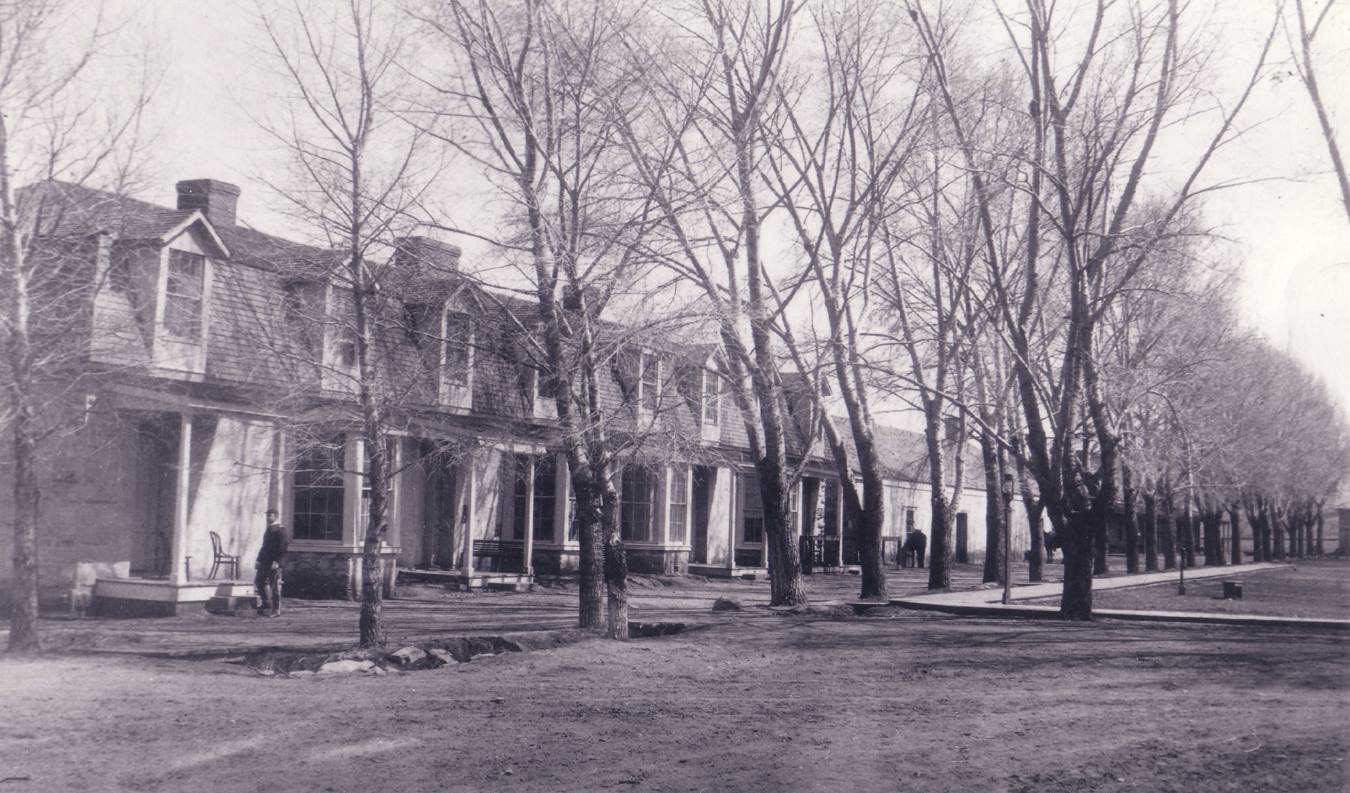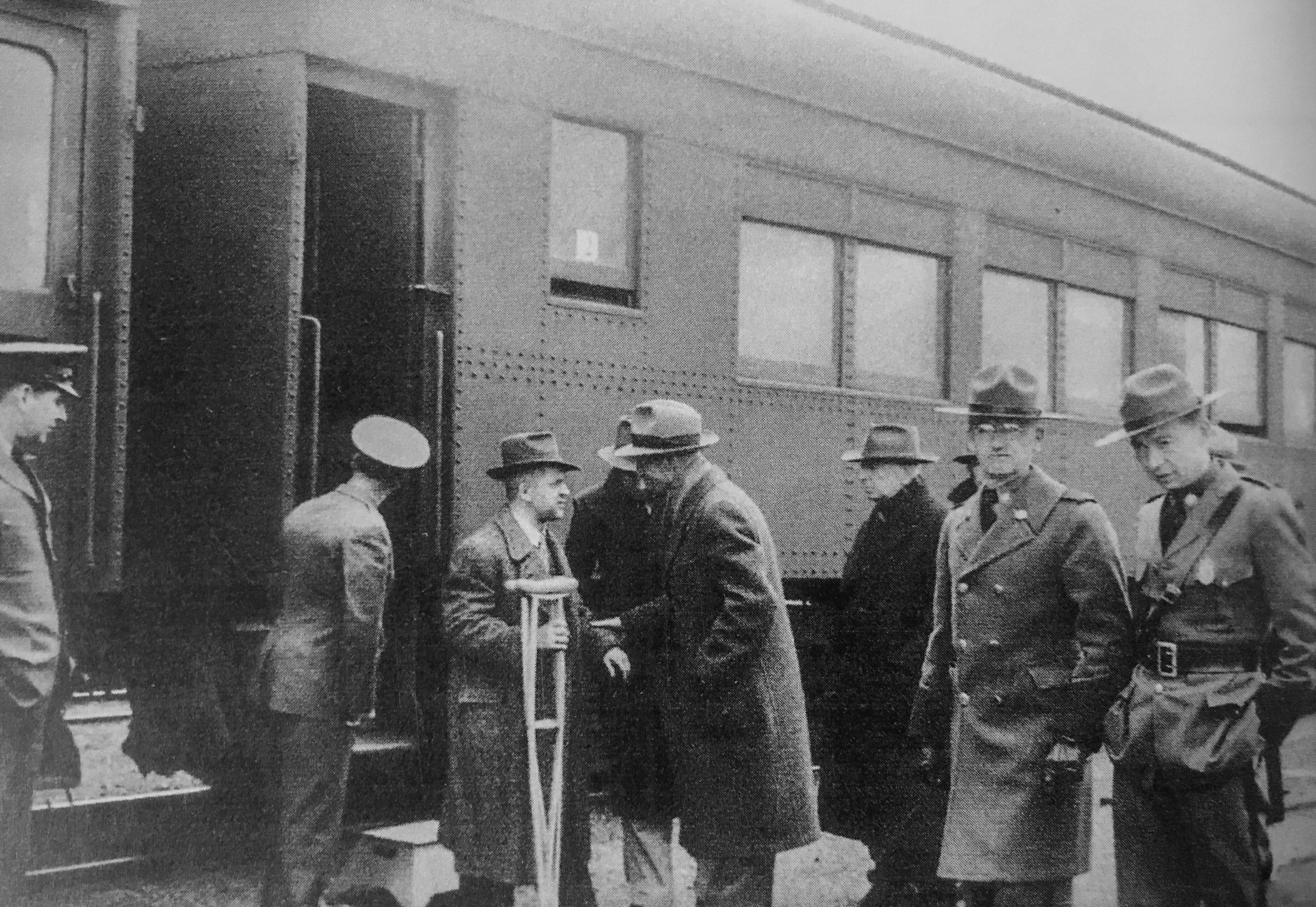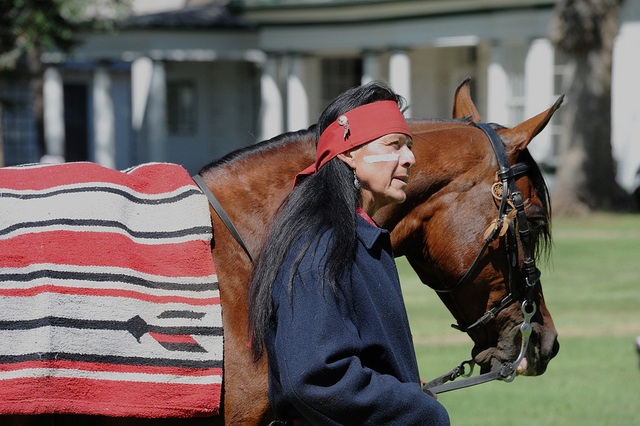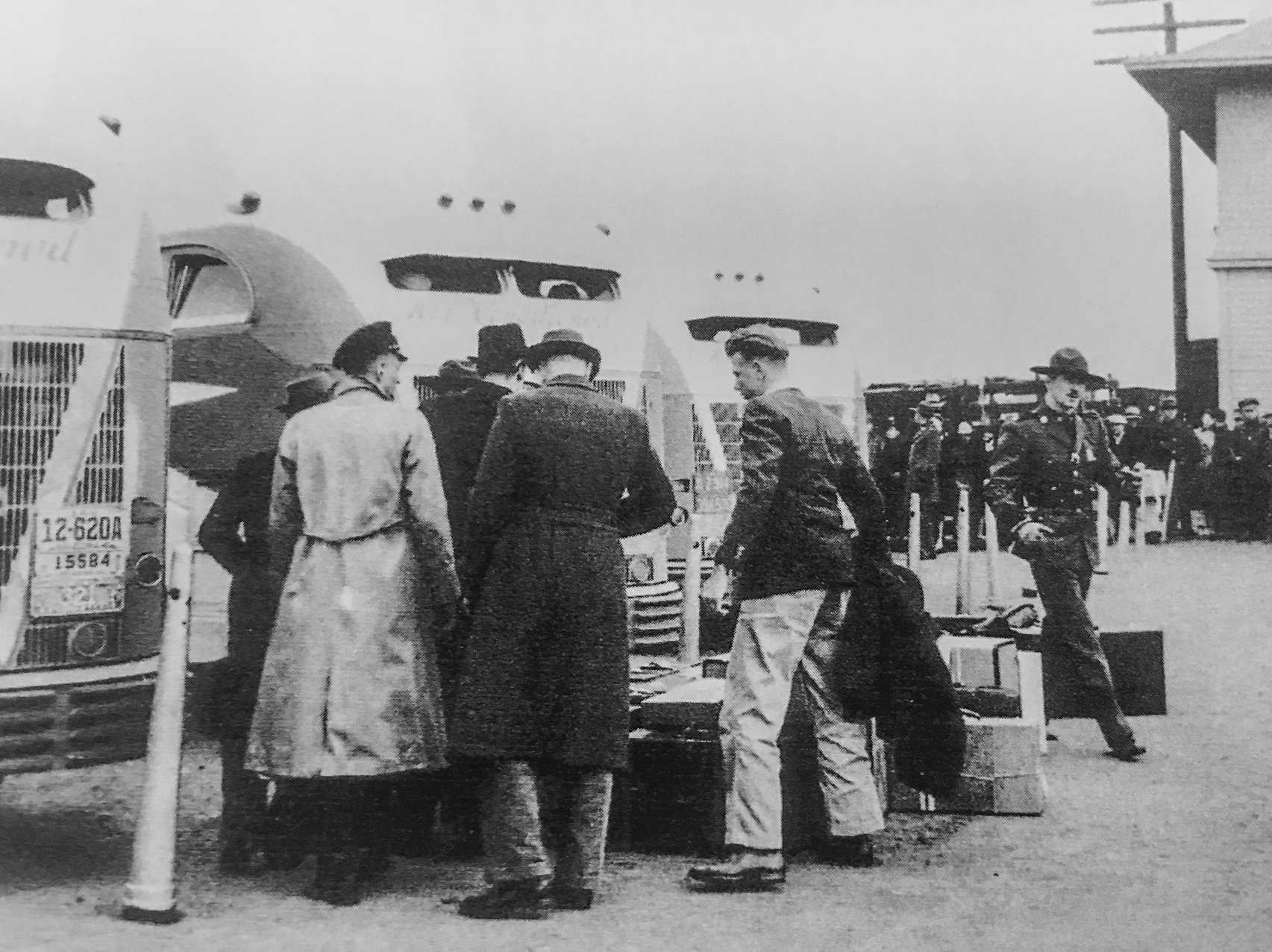then and now…
The History Of Fort Stanton
Introduction
Named for Captain Henry W. Stanton, who was killed in a skirmish with the Apaches, Fort Stanton was built in 1855 by soldiers of the 1st Dragoon and the 3rd and 8th Infantry Regiments to serve as a base of operations against the Mescalero Apache Indians. It served as a military fortification through 1896. Built of local stone, the sturdy 1855 buildings have lasted to this day. The Fort was named for Captain Henry W. Stanton, killed fighting the Apaches in 1855 near present day Mayhill. Troops marched out from the Fort to search for and fight the Mescalero Indians during numerous campaigns from 1855 until the 1880’s.
The Military Years
The Fort was seized by Confederate forces in 1861. During the occupation, three Rebels were killed by Kiowa Indians while on patrol 50 miles north. After all supplies were moved to Mesilla, the Confederates abandoned the Fort, burning it as they left. More…
The Hospital Years
In 1896, with the Mescalero Apache settled on the nearby reservation and the surrounding area bustling with new communities, the Fort was abandoned by the Army and closed. In 1899, however, the US Public Health Service acquired the Fort as a tuberculosis hospital for the Merchant Marine. Selected for its healthful climate, it served some 5,000 sailor patients between 1899 and 1953, 1,500 of whom are buried in the Maritime Cemetery on a hillside overlooking the Fort. The patients lived in specially constructed tents, for fresh air and sunshine were the only known cures for tuberculosis.
During this time, many new buildings were constructed including a hospital, stables, new living quarters for the families stationed at Fort Stanton, and literally hundreds of tent-houses for the patients. The hospital was fairly self-sufficient, establishing a large farm on the nearby grounds with patients serving in the fields, as well as recreational activities like a golf course for the doctors, baseball fields and a theatre for the resident workers. The nearby cemetery grew to include veterans of other services as well as Merchant Marines, making it a place for current visitors to the site to engage in contemplative visitation.
CCC & Internment Camp
During the Great Depression, Fort Stanton was home to a CCC work camp, which later served as the internment site for German merchant seamen from the German luxury liner, S.S. Columbus, which was scuttled outside of New York to prevent its capture by the British. The German internees built a camp that included such amenities as gardens for fresh produce, a recreation hall, and a swimming pool in which “mini-Olympic” competitions were held with the local population. After war was declared with Germany and Japan, the Internment camp housed some German prisoners of war as well as a few Japanese internees. It was used during early WWII for several months as a refuge for a group of Japanese-American families threatened by mobs in their hometowns.
1953 to 1997
In 1953, the Fort was given to the State of New Mexico and used first as a tubercular hospital and then, from the 1960’s until 1995, as the State Hospital for the Developmentally Handicapped. For a short time it was a low security women’s prison and has housed several juvenile, drug and alcohol rehabilitation programs. When the State moved to dispose of the property, Fort Stanton, Inc., a nonprofit corporation (501-c-3), was created in 1997 to save this national treasure and seek its adaptive reconstruction as a living history center. It succeeded in mobilizing public opinion and convincing the State Legislature to preserve the Fort and appropriate the first funds for its renovation. Fort Stanton Inc., also won substantial grants to begin reconstruction of the historic buildings. On August 9, 2007, Lieutenant Governor Diane Denish proclaimed the establishment of the Fort Stanton State Monument. To present, the Fort Stanton Historic Site is managed by the New Mexico Department of Cultural Affairs (DCA).
Bureau of Land Management Partnership
Fort Stanton has partnered with the Bureau of Land Management (BLM), which oversees thousands of acres surrounding Fort Stanton. Visitors are invited to enjoy the nearly 100 miles of trails for biking, hiking and horseback riding with a camping area operated by BLM within the Fort Stanton-Snowy River Cave National Conservation Area. The BLM operates an extensive caving program, including studies of the Fort Stanton Cave and Snowy River, but the caves are not currently open to the public.
Read more: Download An Illustrated History of Fort Stanton (PDF file)


